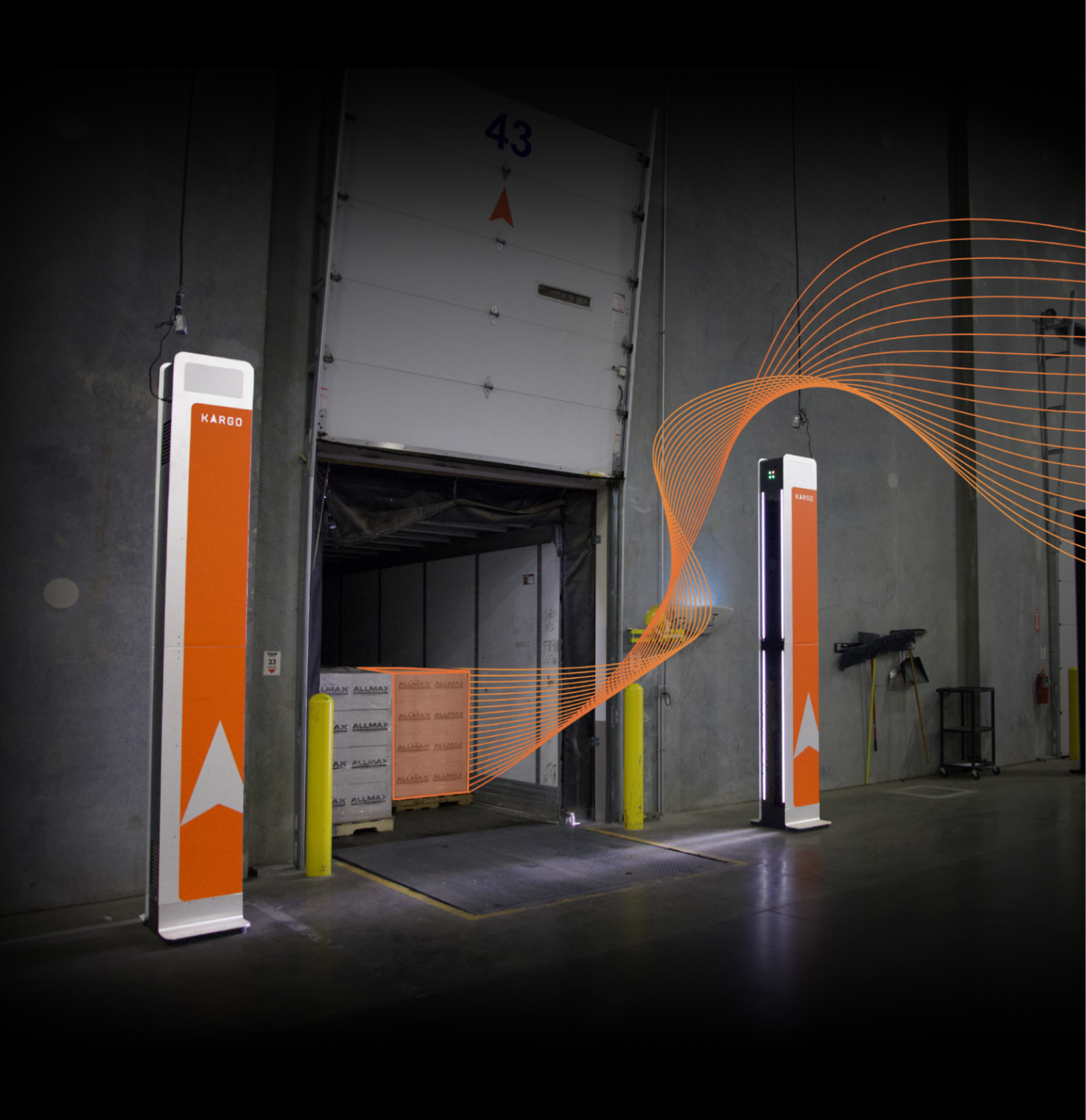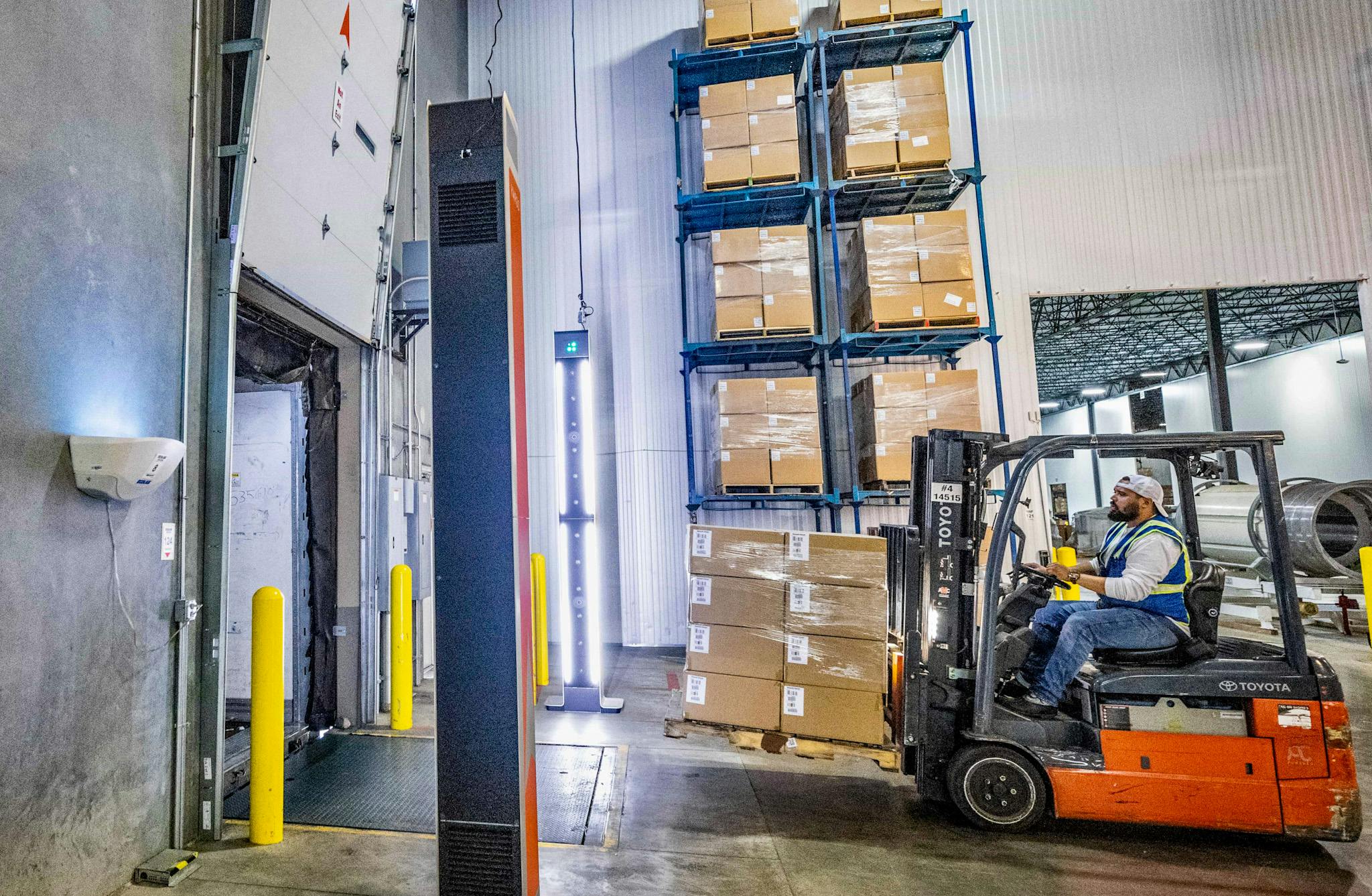OS&D
Kargo x FreightWaves Research: Everybody Pays for OS&D
| Kargo | 7 min
What You Need to Know




Companies across the logistics industry deal with overages, shortages and damages (OS&D) on a regular basis. Many have processes in place to reduce and resolve OS&D.
Yet when it comes to freight claims - demands for reimbursements - companies struggle to prove where OS&D occurs and who is at fault. Companies end up paying claims they may or may not be responsible for.
Uncertainty around OS&D affects more than just one line item. Investigations take time and effort. Disagreements over responsibility may cause friction with suppliers and customers. Unpredictable payout amounts can hurt profits, undermine forecasting, and limit reinvestment in growth.
Kargo, in partnership with FreightWaves, conducted a survey of shippers, 3PLs, and carriers to learn more about the impact of OS&D.
The survey found that these companies feel responsible for only 10-30% of OS&D-related charges per month. They still spend up to six figures on OS&D-related payouts, due to the lack of visibility or evidence of what happened.
Here, we’ll take a look at the real costs of OS&D and explore how emerging technology can resolve uncertainty around OS&D. Questions? Ask us anything at go@mykargo.com
Definitions



PAYING FOR OS&D
OS&D is a threat to fulfillment. Without accurate quantities of sellable goods, shippers can’t satisfy demand. Maintaining accuracy is fundamental to the entire logistics industry.
That’s why companies need to take OS&D incidents seriously. When OS&D incidents occur, the standard recourse is to file a claim for compensation with the responsible party — but who is responsible?
In the survey, FreightWaves and Kargo discovered companies aren’t always certain who is responsible for OS&D, even when they pay for it.
- Shippers take responsibility for 20% of overages and 25% of shortages they pay for.
- Carriers and 3PLs both report feeling responsible for less than 10% of payouts related to overages and shortages.
- Carriers feel most responsible for damage (51%) followed by 3PLs (29%) and shippers (17%).
Across shippers, carriers, and 3PLs, there is a significant gap between what they feel responsible for and what they end up paying.
The difference between payouts and perceived responsibility is partly due to the industry’s protocols for resolving OS&D.
Whether dealing with overages, shortages or damages, industry protocols require companies to immediately identify the issue, produce a detailed report of what happened and compile various supporting documents to prove each instance of OS&D.
This limits recourse for all companies, because, without visibility into what happened, it is difficult to know or prove freight count or condition at the loading dock. Within this framework, it is often easier for companies to cut a check and cut their losses. When no one can prove culpability, companies prioritize preventing further loss.
RESOLUTION EFFORTS
Our survey revealed some of the specific methods respondents use to mitigate OS&D:
- When investigations ensue, images and documents are sent back and forth via email chains.
- Companies involve insurance, either right away or when they can’t arrive at a resolution on their own.
- Some shippers or 3PLs have explicit coverage agreements with carriers that provide no-fault compensation.
- Companies outsource efforts to bring predictability to operational costs, even if it's at the expense of accuracy.
- Communicating with partners on a consistent basis builds and preserves trust, making it easier to come to a resolution when issues arise.
- Some companies get creative. For example, a carrier uses a monthly podcast to educate drivers.
These different approaches show the effort that goes into resolving OS&D. The variety of measures also highlights a business challenge: Without visibility into what really happened, companies have to think outside the box, designing programs to limit the impact of OS&D.
The survey results also show a range in how companies allocate internal resources to resolve OS&D.
Some respondents say their company spends no time on OS&D at all. This is the clear benefit of outsourcing to insurance companies or other third parties, although time saved doesn’t necessarily equal money saved. Some of these companies still report paying several thousand dollars in OS&D claims each month.
Approximately 39% of respondents dedicate staff to OS&D. A high majority of these respondents have 10 or fewer dedicated staff, but a few outliers have teams of 100 to 200 people. Of the outliers, two are carriers, one is a 3PL and all three have more than a million square feet of warehouse network.
Survey results show a negative correlation between the average amount a company spends on OS&D per month and the average number of employees dedicated to OS&D.
On average, shippers spend the most on OS&D every month and have the fewest number of people focused on OS&D. 3PLs, on the other hand, have on average more staff dedicated to OS&D and spend the least on OS&D charges.
Most common are the companies that handle it internally, either paying a dedicated team or staff with other responsibilities must carve out time.
RESOLUTION CHALLENGES
OS&D resolution can be constrained by industry processes and outdated technology.
The two are closely tied: Without technology to provide certainty around freight counts and condition, warehouse staff and carriers may rely on hand-scanning or other manual counts to indicate accuracy.
OS&D resolution efforts follow other workflows. When companies lack visibility into shipping and receiving, they’re limited to theoretical standards of who should pay for OS&D events.
For example, in theory, the consignee signs the bill of lading only after they’ve checked the freight, transferring over the title as well as the responsibility for OS&D.
This leaves companies with freight in their possession to dispute claims from a weakened position. There may be images of an event, but they only show that the OS&D exists, not when or how it occurred. There is no real proof of responsibility, just laborious processes that contribute to costs and uncertainty around OS&D.
RESOLVING UNCERTAINTY
Given the costs of OS&D on shippers, carriers and 3PLs, the industry is looking to emerging technology for a solution.
Vision-based technology can reduce occurrences of OS&D and provide visibility that makes it easy to resolve any uncertainty.
Computer vision enables computers to derive meaning from what they “see” in images or videos. In logistics, this technology can be used to extract information from real-world events, such as an image of a label or a video of pallets being unloaded from a truck.
Computer vision can be leveraged to resolve OS&D by:
- Eliminating scanning errors and flagging OS&D at loading docks, before responsibility passes to the wrong party.
- Unlocking new levels of visibility by recording images and video of events, providing irrefutable visual proof of OS&D responsibility.
- Updating data instantly via integrations through warehouse management systems and other platforms.
Companies that invest in vision-based technologies can unlock new levels of visibility while eliminating the delays and errors inherent in manual workflows.
As logistics technology evolves, instances of OS&D will become much easier for everyone to resolve.
CONCLUSION
The lack of visibility into where OS&D occurred, what exactly happened, and who is responsible contributes to the uncertainty around OS&D. The survey shows that, as a result, shippers, carriers, and 3PLs pay more for OS&D than they feel responsible for.
OS&D costs go beyond claims or chargebacks. Companies must spend time and resources resolving OS&D and can even lose business as a result of friction or disagreements with partners – but as they invest in new technologies that increase visibility, resolving OS&D will cost everyone less.
Questions?
Connect With us
Ask us anything or drop your email to stay in touch





